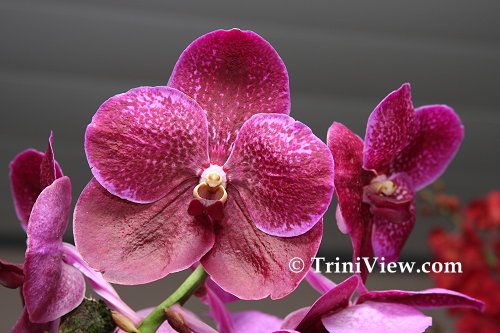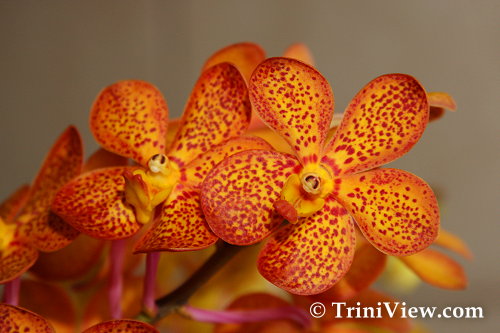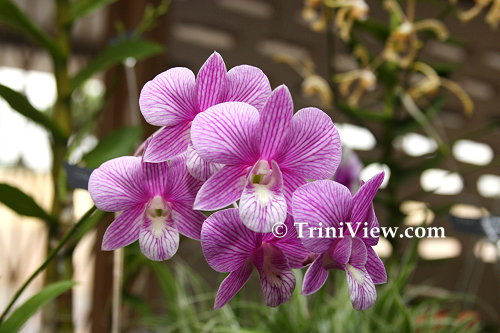Probing Question: Why are flowers beautiful?

In the 1930s, American artist Georgia O'Keefe wrote: "What is my experience of the flower if it is not color?" O'Keefe is best known for her vibrantly colorful close-ups of petals and stamens on large canvases.
People love flowers for their array of colors, textures, shapes and fragrances. But is pleasing the human eye the purpose of nature's floral design?
Love personal electronics? Hardly. Survival is the plant's top priority, reminds Claude dePamphilis, a Penn State plant evolutionary biologist and principal investigator of the Floral Genome Project.
"The beauty of the flower is a byproduct of what it takes for the plant to attract pollinators," said dePamphilis. "The features that we appreciate are cues to pollinators that there are rewards to be found in the flower."
Scent, color and size all attract a diversity of pollinators, which include thousands of species of bees, wasps, butterflies, moths and beetles, as well as vertebrates such as birds and bats.
Flying insects, comprising the vast majority of pollinators, stop at the plant to eat nectar and pick up pollen, which they then distribute as they visit additional flowers. Noted dePamphilis, "Pollinators are providing a very important service to the plant without which it couldn’t reproduce."
To aid insects in finding the nectar — and thus, the pollen — many flowering plants have evolved to possess bright colors (hummingbirds and butterflies favor reds and yellows), as well as "nectar guides" that may only be visible in ultraviolet (UV) light—a wavelength of the light spectrum bees can see and people cannot. From a bee's-eye-view, the UV colors and patterns in a flower's petals dramatically announce the flower's stash of nectar and pollen.
The patterns on flowers that both humans and pollinators can see — such as the lines on petals called striations — serve as a sort of air traffic control system for bees, and help guide them into the "bull's-eye" of nectar and pollen at the flower's center, added dePamphilis. Thanks to this co-evolutionary trait that developed between the two species, the bee can efficiently visit many blossoms and pollinate a larger number of plants.
Some flowers, such as horse chestnut and sunflower, change colors within the ultraviolet spectrum throughout their lifespan. As dePamphilis explained, to pollinators these changes are visual signals of an abundance or lack of nectar, blaring "Visit me now!" or "Don't bother!"
To discover more about how these relationships evolved, dePamphilis and colleagues are using DNA-sequencing to dig back into the evolutionary history of flowers. "What we're really trying to do is infer the characteristics in a detailed, genetic way of what the earliest flowering plants were like," dePamphilis explained.
The fossil record dates the first flower somewhere between 125 and 140 million years ago. “How did those first flowers become the thousands of different varieties we now see in nature?” dePamphilis asked. "Gene mapping may shed some light on the beginning of the story.”
While most flowers look and smell good to humans, some evolved strategies to attract their pollinators that are downright repellent to people, he noted. Plants belonging to the parasitic genus Rafflesia, native to Indonesia, produce what experts agree is the world’s largest single flower, growing up to 3 feet wide. In addition to its sheer size, a Rafflesia flower announces its presence by its odor, a putrid stench of rotting meat. Though repulsive, the odor of "the stinking corpse lily," as the flowering Rafflesia arnoldii is known, proves irresistible to its main pollinators -- carrion flies.
One has to wonder what how Georgia O'Keefe, who made art out of pretty flowers and alabaster animal skulls alike, would have painted this unsightly, but unforgettable, blossom.


Source: By Lisa Duchene, Penn State
http://www.physorg.com/news120416106.html